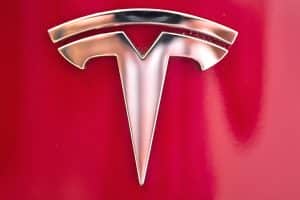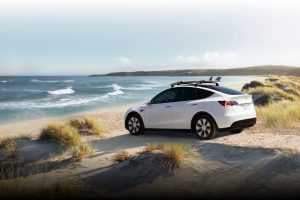Articles and videos aimed at prospective electric vehicle buyers are everywhere these days, and more than a few of them focus on charging. The first question the EV-curious ask invariably has to do with charging, and seemingly every consumer media outlet is trying to answer those questions for their readers, with varying degrees of success.
A recent video from the Wall Street Journal is an example of the current wave of “Here’s what the fuss is about” pieces. The show starts with a very basic description of how charging works, aimed at those who are totally unfamiliar with EVs, then proceeds to an overview of the current charging scene.
As you’d expect from the WSJ, the tone is on the EV-skeptical side, and the drawbacks and inconveniences of public charging are emphasized at every opportunity. For example, the video points out that there are currently three DC fast charging standards in use in the US (as opposed to the so-convenient single standard for gas pumps), but doesn’t clarify that no new EVs on the US market are still using the CHAdeMO standard, or that most newer fast charging stations feature both connectors.
Although changes are afoot, mainstream media often describe the fact that Tesla’s Supercharger network is currently incompatible with other brands as a “problem,” but a better description might be “a competitive advantage for Tesla.” (Is it a “problem” that PCs and Macs don’t get along well?)
In any case, that situation is gradually becoming less important, as is the mostly-moot CCS-vs-CHAdeMO war. As Jonathon Levy, EVgo’s Chief Commercial Officer, explains, his company is in the process of installing hundreds of Tesla-compatible connectors at its stations around the country. Tesla is increasingly co-locating its Superchargers with non-Tesla chargers, and recently indicated that it will start opening up its Superchargers to other brands.
The WSJ points out that installing and maintaining infrastructure is a complex and expensive proposition. That’s a fact, and furthermore, most charging gurus agree that, once the market shakes out, profit margins for providers of public charging will prove to be razor-thin (as are those earned from selling gas or any other commodity product—the profit’s in the soda and chips).
President Biden recently reached a bipartisan agreement with congressional leaders to invest some $7.5 billion in charging infrastructure. The WSJ fears that this won’t be enough, and that “finding a place to plug in” will remain a difficult proposition.
Fortunately, there are dozens of major charging infrastructure projects underway around the country (and the world) as you read this, financed by electric utilities, automakers, fleet operators, state and local governments, and ambitious private companies such as Electrify America, EVgo and ChargePoint. The feds’ infusion of 7.5 big ones, if and when it materializes, will be welcome, but it will amount to a fraction of the massive investment that’s in the pipeline.
There’s no denying that deploying adequate charging infrastructure will be a challenge for years to come. It’s probably even accurate to describe charging as a “bottleneck,” as the WSJ does—especially in terms of public perception of EVs. But public charging, with all its current limitations, is far from a deal-killer—Tesla has shown that it can be ubiquitous, convenient, reliable and affordable.
Written by: Charles Morris; YouTube: Wall Street Journal





